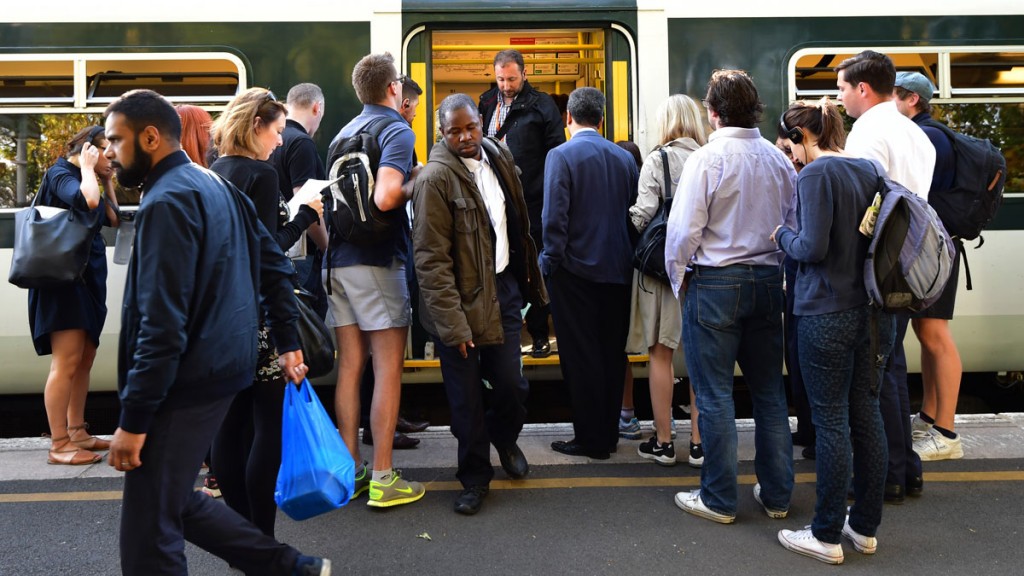
Back in 2003, in the name of European harmonisation, Gordon Brown dumped the measure of inflation the UK had been using for decades. The Retail Price Index (RPI) was soon declared to be not a “national statistic”, and the Consumer Price Index (CPI) became the only game in town. Sort of.
I say sort of because over a decade later the RPI is still knocking around. The CPI is used to calculate state pension rises, the rises in various tax allowances (income tax, inheritance tax, capital gains tax, etc), changes to tax credits and annual rises in public sector pension payouts.
It is also the calculation the Bank of England is mandated to use in its vain attempts to meet its annual inflation targets. However, the RPI is used for all sorts of other things. It is used to calculate how much regulated rail fares can rise (as commuters were reminded today). It is used to set rises in various tax rates from Van Benefit Charge to Air Passenger Duty, and it sets the rate at which students repay their loans (RPI+3%).
You might see a pattern here: the CPI seems to be used to calculate the thresholds for everything the state has to pay out, and the RPI seems to be used to calculate the thresholds for everything it demands we pay in. You might wonder why that is. The answer is easy. Very easy. Thanks to the way it is calculated (see my blog post on this here).
RPI is pretty much always one percentage point higher than the CPI. So while it isn’t an official national statistic anymore, it’s very useful indeed for the government to use it as one when it wants to get us to pay more for things than we would otherwise. And that of course is why your annual rail season ticket is about to go up by 1.9% (the current RPI) rather than 0.6% (the current CPI). Something to write to your MP about, I think.